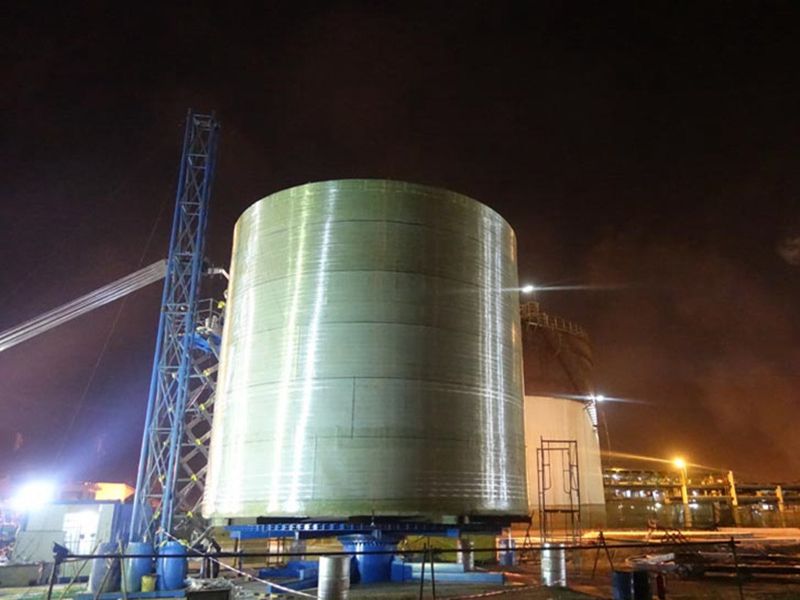
-
 Afrikaans
Afrikaans -
 Albanian
Albanian -
 Amharic
Amharic -
 Arabic
Arabic -
 Armenian
Armenian -
 Azerbaijani
Azerbaijani -
 Basque
Basque -
 Belarusian
Belarusian -
 Bengali
Bengali -
 Bosnian
Bosnian -
 Bulgarian
Bulgarian -
 Catalan
Catalan -
 Cebuano
Cebuano -
 China
China -
 China (Taiwan)
China (Taiwan) -
 Corsican
Corsican -
 Croatian
Croatian -
 Czech
Czech -
 Danish
Danish -
 Dutch
Dutch -
 English
English -
 Esperanto
Esperanto -
 Estonian
Estonian -
 Finnish
Finnish -
 French
French -
 Frisian
Frisian -
 Galician
Galician -
 Georgian
Georgian -
 German
German -
 Greek
Greek -
 Gujarati
Gujarati -
 Haitian Creole
Haitian Creole -
 hausa
hausa -
 hawaiian
hawaiian -
 Hebrew
Hebrew -
 Hindi
Hindi -
 Miao
Miao -
 Hungarian
Hungarian -
 Icelandic
Icelandic -
 igbo
igbo -
 Indonesian
Indonesian -
 irish
irish -
 Italian
Italian -
 Japanese
Japanese -
 Javanese
Javanese -
 Kannada
Kannada -
 kazakh
kazakh -
 Khmer
Khmer -
 Rwandese
Rwandese -
 Korean
Korean -
 Kurdish
Kurdish -
 Kyrgyz
Kyrgyz -
 Lao
Lao -
 Latin
Latin -
 Latvian
Latvian -
 Lithuanian
Lithuanian -
 Luxembourgish
Luxembourgish -
 Macedonian
Macedonian -
 Malgashi
Malgashi -
 Malay
Malay -
 Malayalam
Malayalam -
 Maltese
Maltese -
 Maori
Maori -
 Marathi
Marathi -
 Mongolian
Mongolian -
 Myanmar
Myanmar -
 Nepali
Nepali -
 Norwegian
Norwegian -
 Norwegian
Norwegian -
 Occitan
Occitan -
 Pashto
Pashto -
 Persian
Persian -
 Polish
Polish -
 Portuguese
Portuguese -
 Punjabi
Punjabi -
 Romanian
Romanian -
 Russian
Russian -
 Samoan
Samoan -
 Scottish Gaelic
Scottish Gaelic -
 Serbian
Serbian -
 Sesotho
Sesotho -
 Shona
Shona -
 Sindhi
Sindhi -
 Sinhala
Sinhala -
 Slovak
Slovak -
 Slovenian
Slovenian -
 Somali
Somali -
 Spanish
Spanish -
 Sundanese
Sundanese -
 Swahili
Swahili -
 Swedish
Swedish -
 Tagalog
Tagalog -
 Tajik
Tajik -
 Tamil
Tamil -
 Tatar
Tatar -
 Telugu
Telugu -
 Thai
Thai -
 Turkish
Turkish -
 Turkmen
Turkmen -
 Ukrainian
Ukrainian -
 Urdu
Urdu -
 Uighur
Uighur -
 Uzbek
Uzbek -
 Vietnamese
Vietnamese -
 Welsh
Welsh -
 Bantu
Bantu -
 Yiddish
Yiddish -
 Yoruba
Yoruba -
 Zulu
Zulu
Advancements in Flue Gas Desulfurization Technologies for Enhanced Air Quality and Emission Control
Understanding Flue Gas Desulfurization A Vital Process in Pollution Control
Flue gas desulfurization (FGD) is a crucial technology aimed at reducing sulfur dioxide (SO2) emissions from industrial processes, particularly in coal-fired power plants. Sulfur dioxide is a toxic gas that can contribute to acid rain, respiratory problems, and other environmental and health issues. As the world increasingly focuses on sustainable practices and mitigating climate change, FGD has become an essential component of pollution control strategies.
The Chemistry Behind FGD
Flue gas, which is produced by burning fossil fuels, contains various pollutants, with sulfur dioxide being one of the most significant. The FGD process primarily involves the removal of this pollutant using chemical reactions. The two most common types of FGD systems are wet scrubbing and dry scrubbing.
1. Wet Scrubbing In this method, flue gas is passed through a spray of a liquid absorbent, typically a limestone slurry. The calcium carbonate in limestone reacts with sulfur dioxide to produce calcium sulfite. This is then further oxidized to form synthetic gypsum, which can be used in various applications, including drywall production. Wet scrubbing is effective and widely used because of its high removal efficiency, often exceeding 90%.
2. Dry Scrubbing This process uses dry reagents, such as lime or sodium bicarbonate, to react with sulfur dioxide in the flue gas. The resulting solid products can often be captured and reused. While dry scrubbing can be less efficient than wet scrubbing, it has some advantages, such as reduced water consumption and easier waste management.
Benefits of FGD Technologies
The implementation of FGD technologies offers several benefits, including
- Reduction of Acid Rain By removing sulfur dioxide from flue gas, FGD plays an essential role in mitigating acid rain, which can damage ecosystems, forests, and water bodies. Acid rain occurs when SO2 and nitrogen oxides react with atmospheric moisture to form acidic compounds.
flue gas desulfurization

- Improved Air Quality Reducing sulfur dioxide emissions contributes to better overall air quality. This results in health benefits, particularly for vulnerable populations such as children, the elderly, and those with pre-existing respiratory conditions.
- Compliance with Regulations Many countries have stringent regulations regarding air quality and emissions. FGD systems help industries comply with these regulations, avoiding fines and fostering a more sustainable operational model.
- Energy Efficiency By integrating FGD technologies, power plants can operate more efficiently. The recovery and reuse of by-products, such as gypsum, can also contribute to economic savings and resource sustainability.
Challenges and Considerations
Despite its advantages, FGD faces several challenges. The initial capital investment for installing FGD systems can be significant, and ongoing operational costs must also be considered. Moreover, the disposal or recycling of by-products can pose logistical issues. As the global demand for cleaner energy sources rises, industries must weigh the costs and benefits of implementing FGD systems.
Technological advancements are continuously improving the efficiency and effectiveness of FGD systems. Researchers are exploring new absorbents and alternative processes to enhance SO2 removal while reducing operational costs and environmental impacts. This innovation can pave the way for more widespread adoption, particularly in developing countries where air pollution rates are alarmingly high.
Conclusion
Flue gas desulfurization technology stands as a cornerstone of efforts to reduce air pollution and combat environmental challenges associated with fossil fuel combustion. As nations strive to meet increasingly stringent emissions standards and public demand for cleaner air, FGD systems will likely play an integral role in shaping the future of industrial practices. Continued investment in FGD research, development, and implementation will not only help mitigate environmental damage but also promote public health, making it a critical area of focus in the transition to a more sustainable world.









